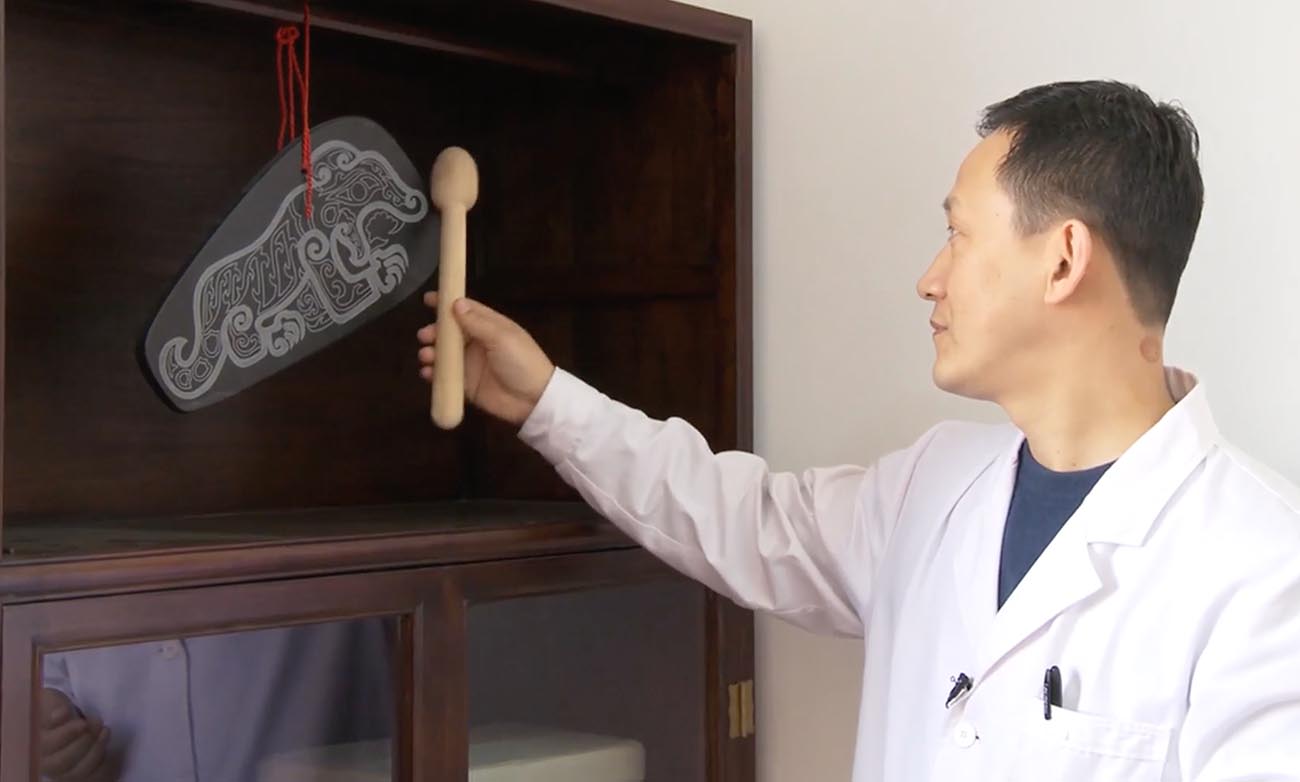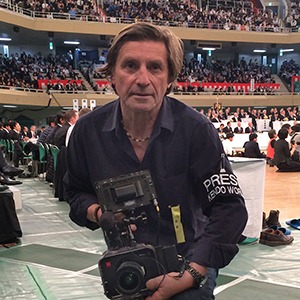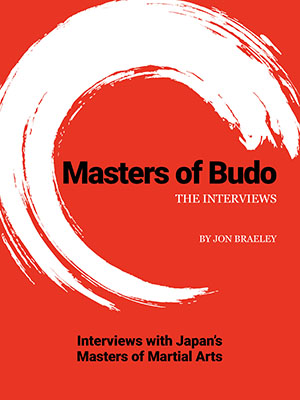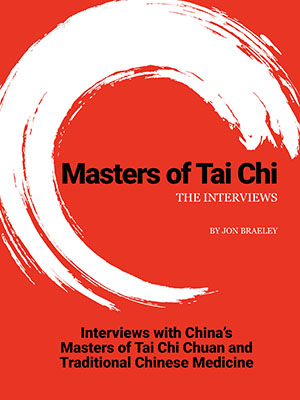Daoyin… the Taoist health system for living longer and healthier
What is Daoyin? We will start by saying it is not Qigong, though they do share many attributes. Daoyin is the forerunner of Qigong, a form of exercise that is popular in China and is making increasing inroads in the West especially those already familiar with Tai Chi Chuan. Daoyin is a stretching exercise combined with breathing, meditation and mindfulness, leading to the cultivation of qi, the internal energy of the body according to Traditional Chinese medicine. As an internal exercise like neigong, Daoyin is popular among internal martial arts masters in China.
Daoyin is closely aligned with Traditional Chinese medicine and is featured in our movie release, A Natural Way. You can watch the trailer here. You can purchase A Natural Way here.

Clapping hands exercise in Ritan park, Beijing. Photo by Jon Braeley
Public parks in China play an important role in those seeking a place to exercise and stay healthy, especially among seniors. It is a daily sight in the parks of any major city like Beijing to see organized groups of seniors (and increasingly young people) performing Tai Chi Chuan, using exercise machines and even dancing. In the photo above taken in Ritan park, Beijing, a class is moving in small steps to music while vigorously clapping hands. Clapping hands is known to stimulate acupressure points in the palms according to Traditional Chinese Medicine.
Interview with Daoyin Master Yu Boyang
During the production of our documentary on traditional Chinese medicine we visited with Daoyin master Yu Boyang to explore this ancient Chinese exercise. Our interview took place in the large park at the Temple of Heaven in South-East Beijing. This ancient Taoist religious complex is a perfect setting for a Daoyin class.
The complete interview with master Yu Boyang, is featured in our book, Masters of Tai Chi: The Interviews, which includes a section on traditional Chinese medicine. Go here to purchase the print book on Amazon.

Daoyin master Yu Boyang interview. Photo by Jon Braeley
Can you talk about the history of the practice of Daoyin?
Daoyin has a written record in the book Zhuangzi (ancient Taoist collection of stories, anecdotes, 4th century BC), which describes its movements as like a bear climbing up a tree and a bird stretching out its feet. Master Zhuang Zhou was a famous Taoist scholar. Peng Zu (wise Taoist saint and alchemist) followed up this work later.
Physicians at that time also included daoyin as a way of practice. In those ancient times daoyin was combined with breathing, and became one part of our ancient culture. Five animal exercise is the earliest set of daoyin practice. Daoyin is a Taoism word, just as yoga is an Indian word. Daoyin is a specific word in Chinese culture.
After Tang and Song dynasties, we added more and more daoyin practice sets, such as bagua quan (eight trigrams boxing) , which is also included in martial art practice. Daoyin is a little similar to some exercise you see by a gymnast, but since it is based on traditional Chinese medicine, it’s focus is more on adjusting channels and the internal harmony or balance of the body.

What are the exercises you are teaching today?
The set we practiced just now is mainly for circulating through the channels. It is composed of Taoist practice movements. I need to tell you some history. In the relics unearthed in Mawangdui (ancient burial site), we could see that breathing had been included as part of Daoyin. To regulate qi for the body’s harmony and train the limbs for flexibility. This is a classic statement for the properties of Daoyin practice.
Daoyin achieves health with the smooth circulation of qi in our channels. It corresponds with one of the principles of traditional Chinese medicine, which is smooth circulation in the channels and leaves no pain in the body and helps health preservation. Daoyin can be divided into physical Daoyin and spiritual Daoyin. Sometimes, Daoyin is also called Yindao, which means to lead, a word we use a lot in modern days, such as ‘leading fashions’.
All daoyin practice should be based on traditional Chinese medicine. Without this as the base, the practice is just a kind of physical exercise
As for the movements we practiced just now: The first movement functions on the upper jiao (upper part of the body, lungs and heart), which includes heart and lung. As we know ancient Chinese people divided a single day into twelve sections. This movement can help to adjust the function of heart and lung, which are active within the third section, which is between 3 and 5 am. on the clock.
The second movement is to work with many acupoints of the body, such as shenque point (at the navel, the hara) and mingmen point (lower back, kidneys). Many diseases are supposed to get cured in ancient time, since ancient people don’t have the word cancer. But when the disease develops to the part of the gaohuang (membrane between heart and diaphragm), it is supposed to be very serious. The second movement we practice just now functions on the gaohuang acupoint. It also functions on both sides of the upper body.

Master Yu Boyang teaching Daoyin at Temple of Heaven park. Photo by Jon Braeley
Does Daoyin have a connection to qigong?
The roots of Daoyin comes from the ancient texts of Lao Tzu and Zhuang Zhou, while qigong is a more modern word. Traditionally, Daoyin includes breathing and circulation of qi through the channels. The qi circulation of Daoyin is similar with modern qigong. But qigong nowadays is more of a kind of physical exercise, such as Tai Chi Chuan, which is actually one part of Daoyin.

Stretching the body is an important part of Daoyin. Photo by Jon Braeley
You just mentioned Tai Chi Chuan?
Modern Tai Chi Chuan practitioners put more attention on the movements than on qi circulation. My own personal opinion, is that strictly speaking, Tai Chi Chuan should not be spread to so many people like it is now. This is because it involves breathing methods. If a person cannot grasp the technique of breathing properly, it is not good for their health, and it demands great efforts and study to practice correctly.
So the Daoyin and the martial arts we are talking about now are much more complicated than qigong of modern days. No matter what you practice, theory is more important than actual movements. All Daoyin practice should be based on traditional Chinese medicine. Without this as the basis, the practice is just a kind of physical exercise.

Ancient bronze statue engraved with acupuncure points. Photo by Jon Braeley
So the movements in Daoyin are based on traditional Chinese medicine?
Yes, the movements we practiced today look very simple, but they are based on the channel theory of traditional Chinese medicine which goes back thousands of years. It is a very systematic health preservation method. It has passed through many of our dynasties and been proven to be the best way of achieving health preservation. It not only adjusts channels, but also increases the wisdom of the practitioners.
Six characters training method is a kind of sound Daoyin. Daoyin can be divided into physical Daoyin, sound Daoyin and spiritual Daoyin. Spiritual Daoyin is similar to psychology or hypnotism in western countries, but sometimes it is more complicated than this in China. Six characters training method, theoretically, is a kind of supplement and draining method.

Doctor of TCM using musical scale to make sounds. Photo by Jon Braeley
For sound Daoyin, we also have a five sounds system. As it is recorded in Yellow Emperor’s Internal Classic, the five sounds correspond to five internal organs. Six characters method (liu zi jue) also correspond with the internal organs. It is a very easy and practical training method. If you have excessive internal heat, you can voice the sound “he” to reduce the internal heat. When it is very hot, you can voice this sound. It has no strong immediate effect, but is very practical long term. Six characters training method was formed after Tang and Song dynasties. It adjusts the body by giving out some sounds. In our traditional culture, sound training method has become a system. Buddhism also lays importance on sound. Different sounds can have different functions to the human body.
Daoyin, first of all, is a way for health preservation. If you want to do additonal practice as well as Daoyin, you can practice martial arts or study internal alchemy from Taoism. There are two emperors in China that were very keen on internal alchemy, One is Qin Shi Huang and another one is Emperor Wu of Han dynasty. If you wish you can research them to understand this. Daoyin, in this way, is the preparation exercise for internal alchemy practice. Tai Chi Chuan can also do this same function.
If we compared the level of the practicing methods to primary school, middle school and college. Daoyin is at the level of a primary school. It is very basic. Its goal is to make the channels run smoothly. Ancient people need to do meditation when practicing internal alchemy or Buddhism. If they practice Daoyin before meditation, they can have a better experience during meditation, and it can also help to increase their knowledge.
MORE ON DAOYIN CAN BE FOUND IN THE FOLLOWING…






